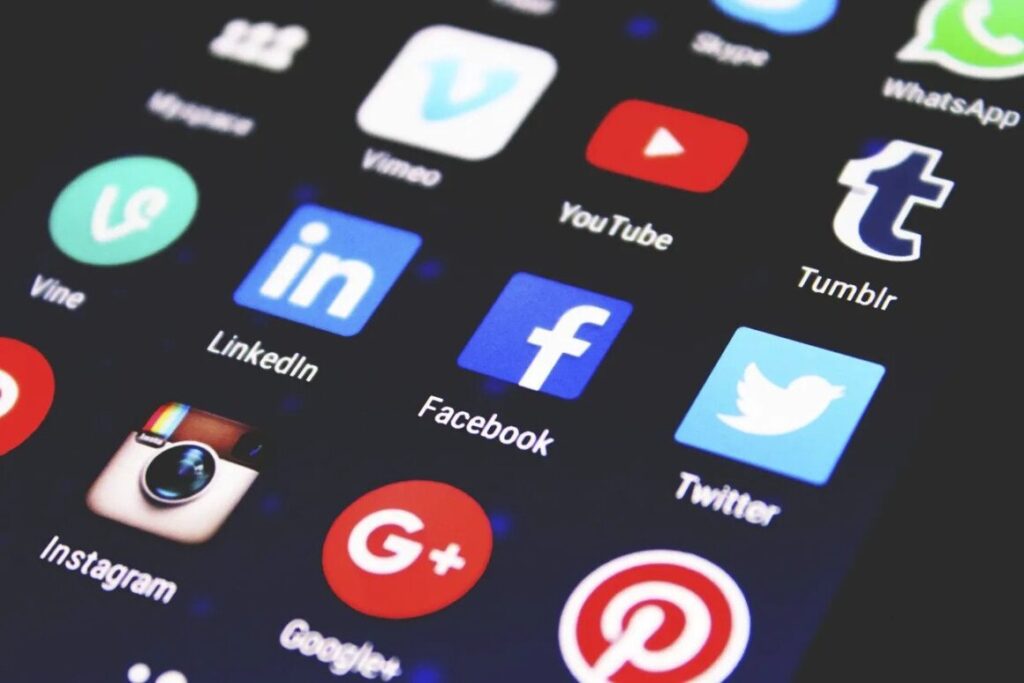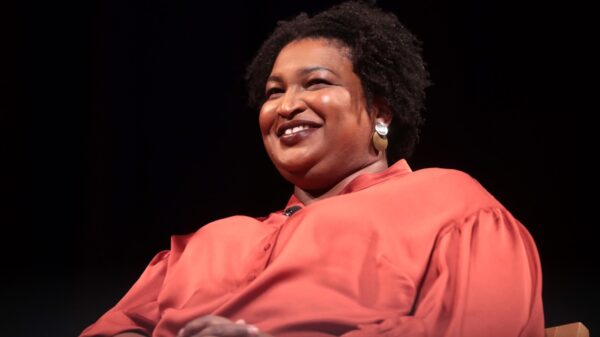
As the 2024 U.S. presidential election approaches on Nov. 5, there has been an influence of political advertisements on major social media platforms like Instagram, X (formerly known as Twitter), Facebook and Google. These platforms have been used as tools for political advertising, however, Howard community members have speculated about the financial incentives and the role of government in regulating false information.
At the center of digital political advertising lies a key factor: profit. According to EMarketer, digital advertising spending in this political cycle will sky rocket to over $3.4 billion, a 156 percent increase compared to the 2020 election cycle.
Social network political advertisements increased as well. Spending for social network political advertisements this election cycle is projected to be $650 million, 86.7 percent higher than 2020, according to EMarketer.
The primary beneficiaries are Google, X, Instagram and Facebook.
Google allows political advertisers to target political ads based on categories such as gender, age and postal code.
X takes a different approach in political advertising. In 2019, prior to Elon Musk’s takeover, X decided to make the decision to stop all political advertising globally.
Jack Dorsey, the CEO of X at the time, explained his reasoning on a X thread that he posted, stating that the app believes political message reach should be “earned, not bought.”
However, in 2023, shortly after Musk’s takeover, X announced to reverse this decision.
Musk’s stance on free speech with fewer restrictions than its competitors leaves room for possible financial incentives as well. According to Business of Apps, 75 percent of X’s revenue came from advertisements in 2023.
“In 2019, Twitter tried to play fair and said no but then they saw it as big money. Then in 2022 the Federal Trade Commission (FTC) charged Twitter for deceptively using account security data to sell target ads,” Abhijit Roy, a digital marketing professor, said.
The Howard professor explained how this revelation impacted X’s reputation with sponsors.
“A lot of corporate sponsors are moving away from X because of this. If you are McDonalds or Coca-Cola, would you want to be associated with a platform that does not monitor or police incorrect information,” he said.
Instagram and Facebook, which are both owned by Meta, have also embraced political advertisements.
With research from Backlinko showing that these platforms typically have younger audiences, Instagram is an internet platform for political campaigns looking to connect with millennial and Gen Z voters.
While the financial incentives are present, the answer of who exactly is regulating these companies has been left without much clarity for some.
The Federal Election Commission (FEC), is responsible for regulating political advertising in the U.S. With this, the Congressional Research Service’s (CRS) reports show that internet platforms are treated differently from television, radio and news media in the law, leaving internet platforms largely to self-regulate.
“We don’t really regulate the internet, there’s not really an agency,” Ronil Hira, a professor of public policy at Howard said.
Hira said that media platforms such as Meta and X are very powerful in D.C. so they are able to “fight back any kind of regulations.”
The spread of misinformation can go unchecked, which causes social media users to further aid this process, according to the National Center for State Courts.
“Research shows that the impact of media, press and advertising on public opinion is massive,” Marcus Board Jr., associate professor of political science at Howard who studies social movements, said.
Alongside their potential impact on public opinion, social media shows various viewpoints that Board Jr. said could both convenience and inconvenience its users.
“Social media is one of the few ways that politics can promote its agendas without accountability. It’s something that benefits elected elites and harms everyday people,” Board Jr. said.
According to a University of Maine report, the average human spends two hours and 24 minutes daily on social media. People also average a use of nearly seven different social networks each month.
“I see political advertisements daily whether it’s on YouTube, Instagram or Twitter,” Jake Rivetz, an international affairs major at Howard, said. “Although they can be pretty influential for some and can sway the public opinion, they haven’t made me change my mind on who I’m voting for.”
Copy edited by Camiryn Stepteau







